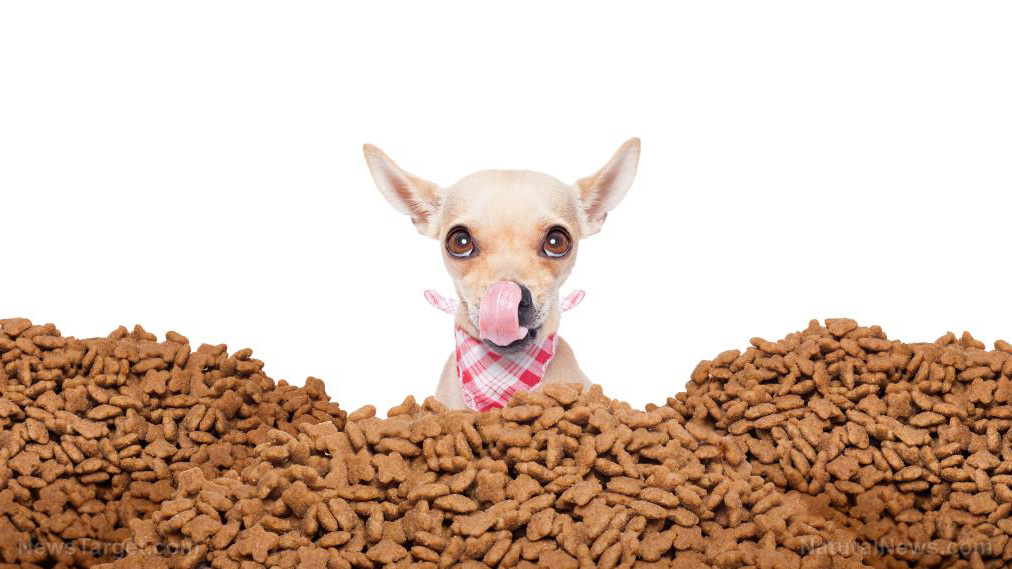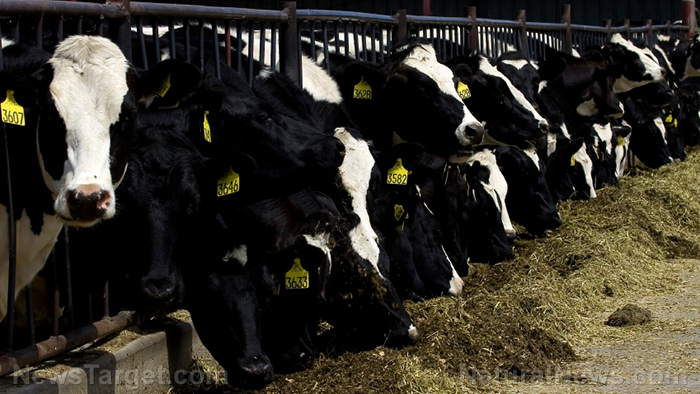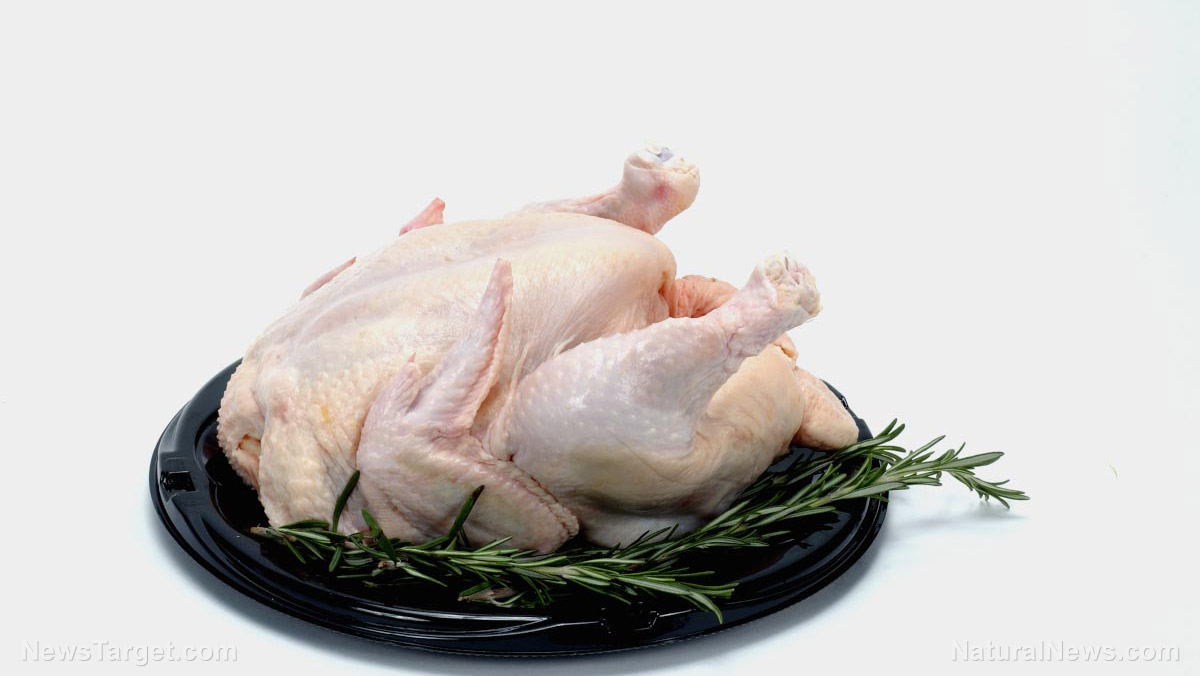
If you're a pet owner and you're reading this website, chances are you already pay pretty close attention to what you feed your furry little friends, purchasing only pet foods that contain clean ingredients without chemicals. But what you may not be aware of is the fact that pet food ingredients as listed on the label are a tricky subject, and don't always mean what you think they mean.
The reason for this is that pet food ingredients are non-definitive homonyms, meaning they can have a dual meaning. The U.S. Department of Agriculture (USDA) doesn't regulate pet food ingredients in the same way that it does human food ingredients, and thus it isn't always clear just from browsing a label exactly what's inside a pet food bag.
As it turns out, a private organization known as the Association of American Feed Control Officials, or AAFCO, is in charge of establishing pet food ingredient guidelines, and these guidelines are not only tricky, but come at a significant cost – $100 per year, to be exact, or $200 for non-members.
That's right: In order to figure out what a given pet food ingredient means, one has to purchase AAFCO's Pet Food Labeling Guide, which constantly changes and requires an annual subscription in order to keep up. And this isn't just for chemical-sounding ingredients that most people wouldn't recognize, but also common ingredients like "chicken," for instance.
Be sure to verify the integrity of your pet food manufacturer before feeding its products to your pets
When chicken is labeled on a food item intended for human consumption, it must meet USDA standards for purity and definition – in other words, it has to be actual chicken meat. But this is not the case for chicken in pet food, which can mean anything from chicken meat to chicken bones and cartilage to even spoiled or rotten chicken that would otherwise be condemned as inedible.
Pet food chicken isn't properly inspected, and unless a manufacturer establishes its own guidelines for purity, there really isn't any way to know whether or not it's real chicken or chicken-like waste. This is even the case when statements are made on product packaging such as "made with real chicken," as "real chicken," in the case of pet food, can mean many different things.
"Pet food chicken can be inspected, safe to consume meat just like human food," explains TruthAboutPetFood.com, "but it does NOT have to be."
The same is true for other ingredients such as fish, beef, pork, turkey, and lamb, all of which can have multiple meanings depending on what a manufacturer chooses to include as part of the formula. And this is all acceptable under AAFCO guidelines, a private corporation that actually owns copyrights on these false ingredient names.
"Pet food does not abide by food law," adds TruthAboutPetFood.com, noting that the only exception is food-grade pet food. "[P]et food follows a completely different set of laws than (human) food. Those laws are not public information."
The only way to really determine whether or not the pet food you're feeding your pets abides by the real definitions of ingredients as they would be labeled on human food is to contact the manufacturer and have a nice, long conversation about its products. Ask if the ingredients are food-grade and if they meet the standard definitions that they would for human food.
It is also advisable to get to know the company based on its ethics and mission, and find out whether or not it's truly concerned about pet health, or whether its only driver is money. It's the same approach one might take at a farmers market by getting to know the farmers and their cultivation practices: Knowledge is power, and the only way to gain it is to ask.
Sources:
Please contact us for more information.





















